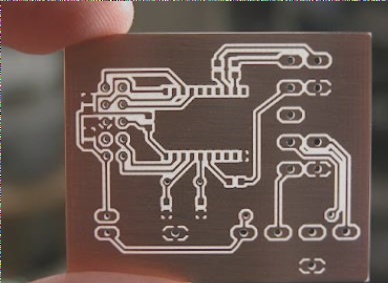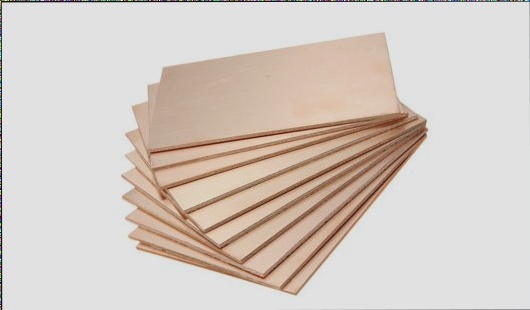Understanding BGA Soldering Challenges in FR4 PCB Manufacturing
When it comes to producing Ball Grid Arrays (BGAs), FR4 PCB manufacturers often face issues such as short circuits and voids in the solder joints due to the use of new materials.
Common Challenges in BGA Soldering
- Instances of both voids and short circuits in BGA soldering are rare but not impossible.
- Excessive length of the FR4 board and significant temperature differences in the reflow furnace can cause the edges to curve upwards, forming a smile-like shape.
- Conversely, a “frowning” curve may occur when the circuit board edges bend downwards due to various factors.
Causes and Solutions for BGA Soldering Issues
When crying and smiling curves deform significantly, BGA short circuits and empty welding may occur simultaneously. To address this, measures such as adjusting reflow furnace heating slopes, preheating BGA components, or using higher Tg materials can be taken.
Other reasons for BGA empty soldering include oxidation of solder pads, expired solder paste, inadequate printing, and poorly set temperature curves.
Analysis Methods for BGA Empty Welding
- Microscopic inspection of BGA tin balls on the periphery.
- X-ray inspection for short circuits and empty welding detection.
- Red dye penetration test for identifying fractures and empty welds.
- Slice method for magnifying inspection of specific areas.
Enhancing Through-Hole Reliability in Multilayer PCBs
Back-welding of FR4 multilayer boards and Thermal Cycle Testing (TCT) can impact through-hole reliability. Addressing the Coefficient of Thermal Expansion (CTE) difference between materials is crucial to improve reliability.
Efforts to reduce CTE discrepancies, such as optimizing filling agent ratios, are ongoing to enhance through-hole reliability in FR4 PCB manufacturing.
Improving the manufacturing process through rigorous testing and quality control measures is essential to meet the demands of lead-free soldering and ensure the reliability of FR4 PCBs.
The Importance of PCB Lamination Design and Reflow Optimization
When it comes to ensuring the long-term reliability of a PCB, the design of the lamination and the optimization of the reflow process are crucial factors to consider. Through extensive TCT (temperature cycling test) experiments, it has been observed that the reflow peak temperature and the number of reflow cycles have a significant impact on the through-hole reliability.
Excessive reflow peak temperatures and frequent reflow cycles can lead to damage to the PCB and its through-holes. However, the exact relationship between the Coefficient of Thermal Expansion (CTE) and TCT failure of the PCB remains uncertain, particularly in the case of FR4 PCBs.



